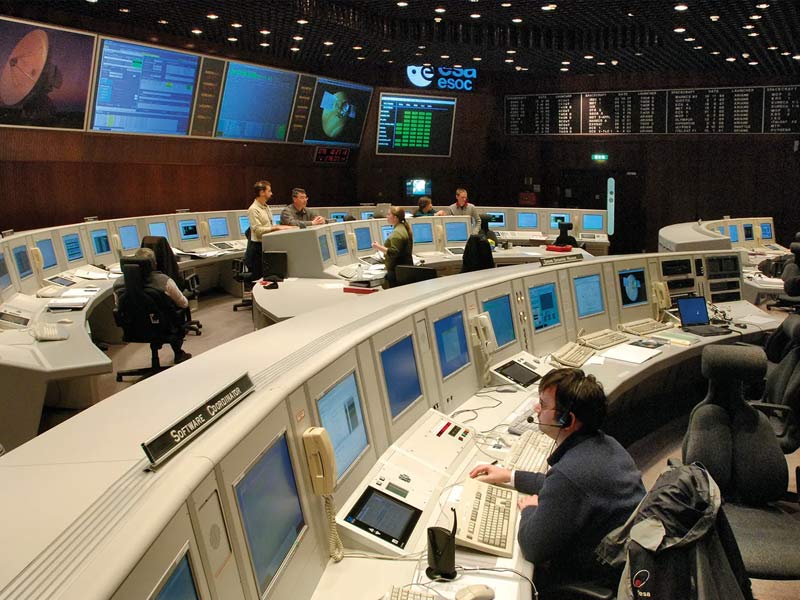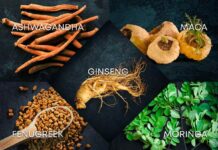The smallest blooming plant on Earth, Watermeal, has the potential to provide astronauts with food and oxygen, according to researchers from Thailand’s Mahidol University.
The little aquatic plants were subjected to hypergravity conditions inside the Large Diameter Centrifuge (LDC) of the European Space Agency (ESA), which is located in the Netherlands.

Researchers can recreate gravity levels up to 20 times that of Earth for extended periods using the LDC, a four-arm centrifuge with an 8-meter diameter. HyperGES, a project of the Access to Space for All program supported by ESA and the United Nations Office of Outer Space Affairs (UNOOSA), provided access to this exclusive facility.
Watermeal is a rootless, stemless plant that floats on bodies of water, especially in Thailand and other Asian nations. It is even smaller than its related duckweed. It is the perfect choice for research on the impact of varying gravity levels on plant development due to its ease of cultivation and quick rate of growth.
The team from Mahidol University is led by Tatpong Tulyananda, who outlined their interest in watermeal. Watermeal is essentially just a spherical floating on a body of water because it has no roots, stalks, or leaves. As a result, he continued, we can concentrate specifically on how changes in gravity would affect its expansion and development.
Also, Read Koinu: Typhoon record-breaking winds to Taiwan, injures 190
Watermeal is also a significant source of protein and a prolific producer of oxygen through photosynthesis. It has long been a staple of the Thai diet, appearing in everything from soups to salads.
It holds promise for space-based agriculture since you consume the entire plant when you eat it, continued Tulyananda.

To simulate natural sunshine, the team’s LED-equipped boxes contained watermeal samples, which were permitted to develop while being spun at 20 g in the centrifuge.
To comprehend how watermeal reacts to hypergravity, the scientists will analyze the plants and solid pellet extracts in-depth chemically after two weeks of experimentation.
The research may pave the road for sustainable agriculture in space by shedding light on how plants adjust to various gravity situations.

























